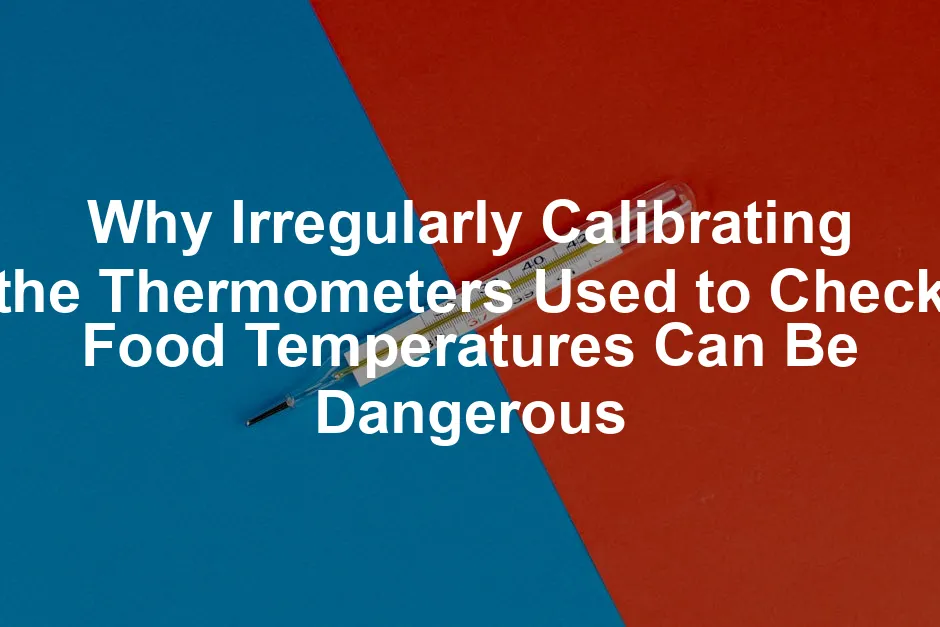
Why Irregularly Calibrating the Thermometers Used to Check Food Temperatures Can Be Dangerous
Introduction
Accurate food temperature measurement is crucial for safety. Irregular calibration of thermometers can lead to serious risks. This article aims to highlight the importance of regular calibration for food safety.
Speaking of accuracy, if you’re still using an old thermometer that’s about as reliable as a weather forecast, it’s time for an upgrade! Check out this Digital Food Thermometer. It’s fast, accurate, and will have you cooking like a pro in no time!
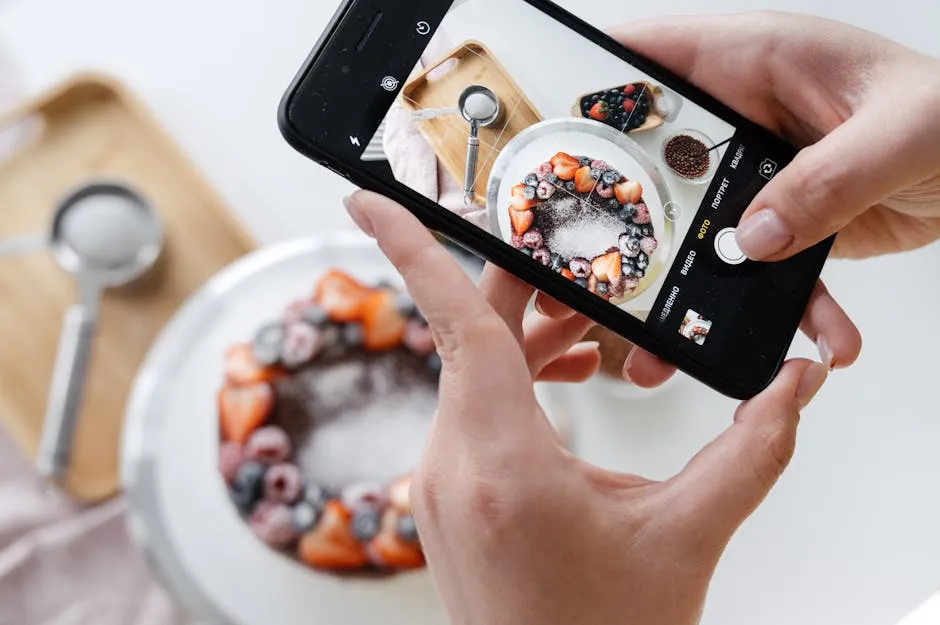
Summary and Overview
Food safety is deeply linked to temperature control. Proper food thermometer use helps prevent foodborne illnesses. Many people mistakenly believe their thermometers are always accurate, leading to dangerous assumptions. Using an improperly calibrated thermometer can result in undercooked food. This opens the door to harmful bacteria, putting customers at risk. Regular calibration is essential for ensuring that your thermometer provides reliable readings, ultimately safeguarding public health.
If you want to take your cooking to the next level, consider investing in an Instant Read Meat Thermometer. It’s perfect for checking the doneness of your meats, ensuring that every bite is as safe as it is delicious!
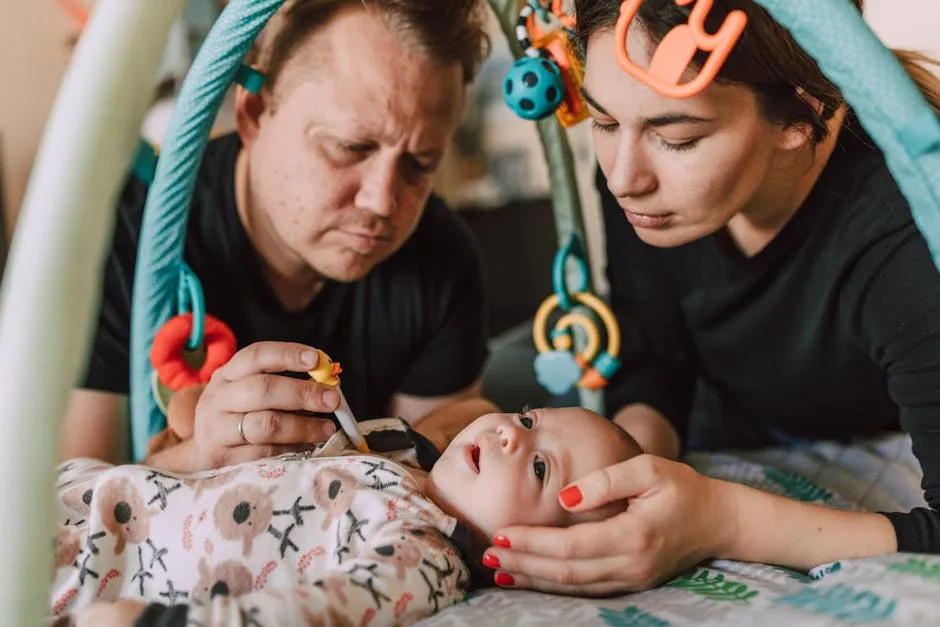
The Importance of Food Safety
Understanding Foodborne Illnesses
Foodborne illnesses are health issues caused by consuming contaminated food. They often arise from bacteria, viruses, or parasites lurking in undercooked or improperly stored foods. According to the CDC, around 48 million people get sick from foodborne illnesses in the U.S. each year. A significant portion of these cases results from improper temperature control during cooking or storage. Key pathogens like Salmonella, E. coli, and Listeria thrive in the temperature danger zone, which ranges from 40°F to 140°F. Proper monitoring of food temperatures can significantly reduce the risk of these harmful bacteria, ensuring safe meals for everyone.
To help you stay informed about food safety, consider picking up a Food Safety Handbook. It’s packed with guidelines and tips to keep your kitchen safe and your food healthy!
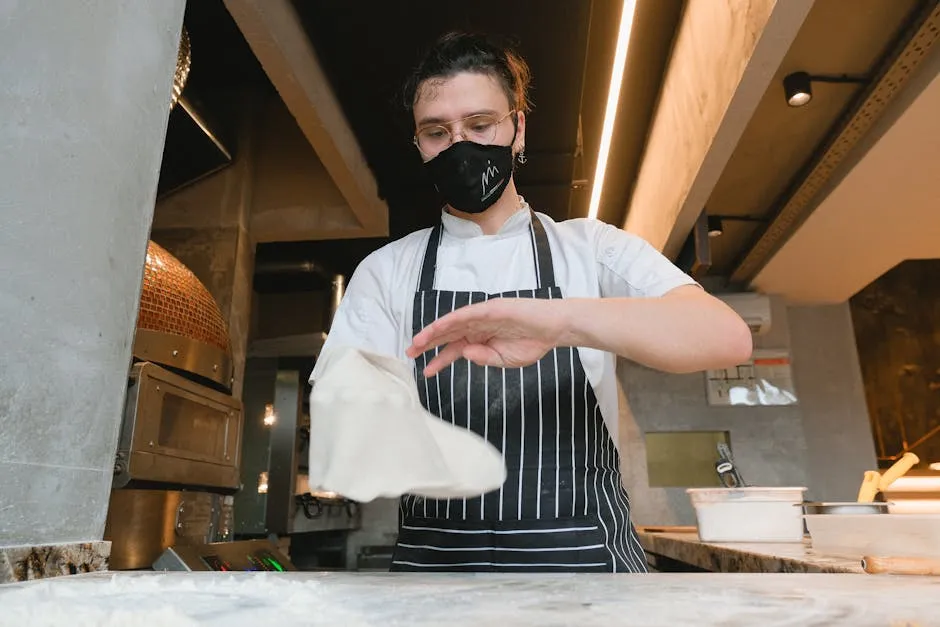
The Role of Thermometers in Food Preparation
Thermometers are essential tools for cooking safely and effectively. They help ensure that foods reach safe internal temperatures, preventing foodborne illnesses. Various types of food thermometers are available, including digital, dial, and probe thermometers. Each type serves a unique purpose and caters to different cooking methods. By accurately measuring temperatures, thermometers safeguard against undercooked meats and other perishables. Remember, simply relying on visual cues like color or texture can lead to unsafe food practices. Using a thermometer gives you peace of mind, knowing your meals are safe to enjoy.
If you want to explore the wonders of cooking, a Cooking Thermometer with Bluetooth can be a game-changer. Imagine monitoring your food from another room while binge-watching your favorite show!
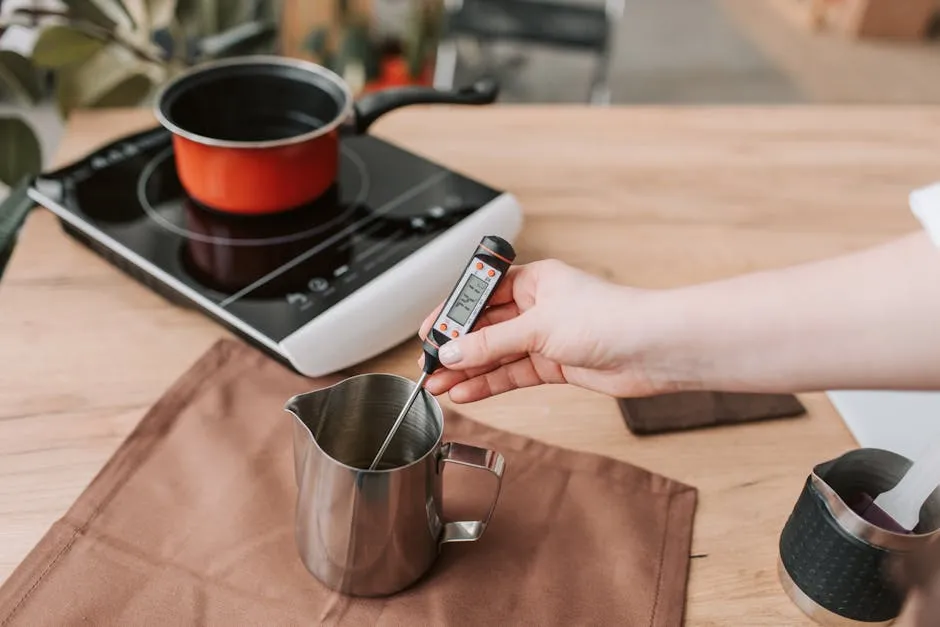
Calibration Basics
What is Calibration?
Calibration is the process of adjusting a thermometer to ensure it reads accurately. Think of it as giving your thermometer a check-up. Proper calibration is vital because an inaccurate thermometer can mislead you about food safety. For example, if your thermometer reads too high or low, it could put you at risk of serving undercooked food.
Common methods for calibration include the ice water method and the boiling point method. The ice water method involves placing your thermometer in a mixture of crushed ice and water to confirm it reads 32°F (0°C). The boiling point method checks that it reads 212°F (100°C) in boiling water. Both methods are simple and effective in keeping your thermometer reliable.

How Often Should Thermometers Be Calibrated?
The frequency of calibration largely depends on how often you use your thermometer. For frequent use, calibrate it before each use to ensure accuracy. Some guidelines suggest calibrating at least once a month if used regularly.
Several factors may necessitate more frequent calibration. For instance, if your thermometer has been exposed to extreme temperatures or physical impacts, recalibration is essential. Additionally, guidelines from health organizations often recommend that thermometers must be accurate within 2°F (1°C). Failing to calibrate can lead to unsafe cooking temperatures and foodborne illnesses, making regular checks a non-negotiable practice in any kitchen.
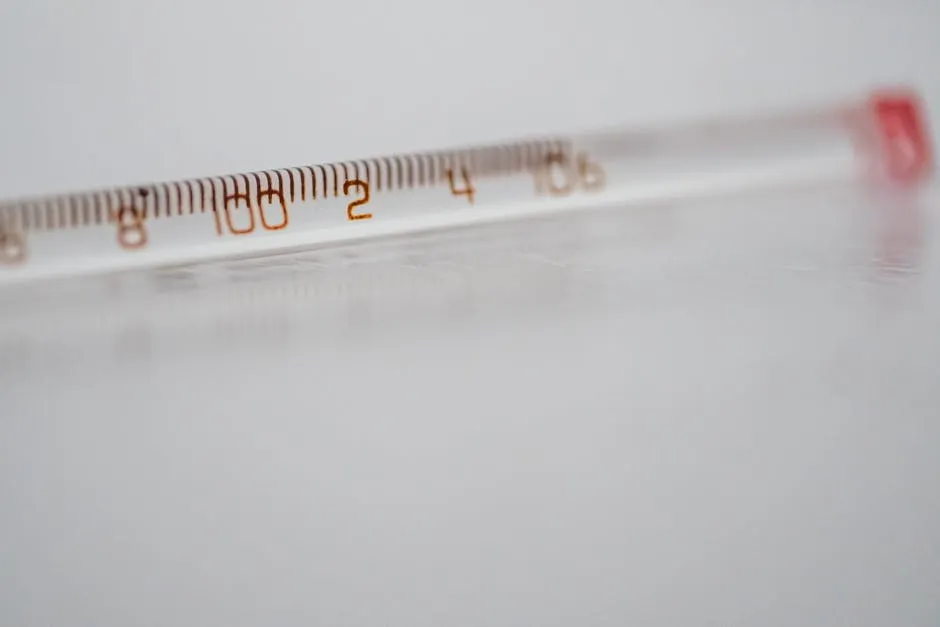
Consequences of Irregular Calibration
Risks of Inaccurate Temperature Readings
Inaccurate thermometer readings can pose serious health risks. Undercooked food can harbor harmful bacteria. For instance, chicken must reach 165°F to eliminate pathogens like Salmonella. If your thermometer reads too low, you might serve unsafe food.
Food safety violations often arise from improper calibration. A 2019 outbreak linked to undercooked meat resulted in numerous illnesses. This highlights the importance of accurate readings. Regular calibration can prevent such incidents and protect public health.
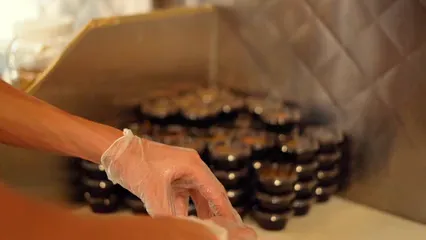
Financial Implications for Businesses
Foodborne illness outbreaks can cripple restaurants financially. The average cost of a foodborne illness incident can exceed $75,000. This includes medical expenses, legal fees, and lost business.
Regularly calibrating thermometers helps avoid these costly mistakes. It ensures food is cooked safely, reducing waste. Businesses can save money by preventing spoilage and maintaining customer trust. In the long run, regular calibration is a wise investment for any food establishment.

Best Practices for Thermometer Calibration
Step-by-Step Calibration Methods
Calibrating your thermometer is simple and essential. Two popular methods are the ice water and boiling water methods.
For the ice water method, fill a glass with crushed ice and add cold water. Stir the mixture and let it sit for a minute. Insert the thermometer into the ice water, ensuring it does not touch the sides or bottom. Wait for the reading to stabilize. It should read 32°F (0°C). If it doesn’t, adjust it according to the manufacturer’s instructions.
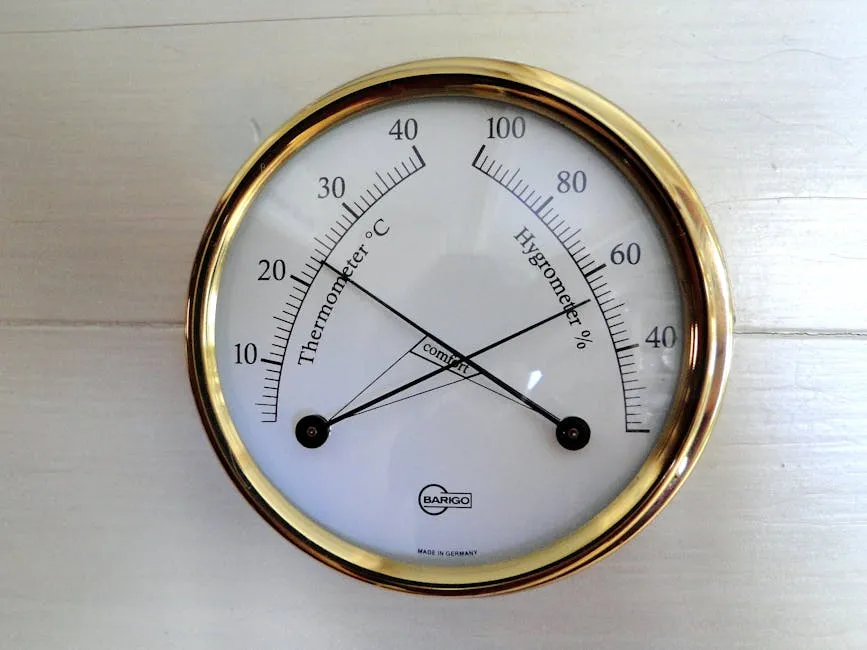
The boiling water method is equally straightforward. Bring a pot of water to a rolling boil. Submerge the thermometer in the boiling water, again avoiding contact with the pot. Allow the reading to stabilize. It should read 212°F (100°C). If you are at a high altitude, remember to adjust for the boiling point based on your elevation. Always follow the manufacturer’s instructions for specific calibration steps for your thermometer.
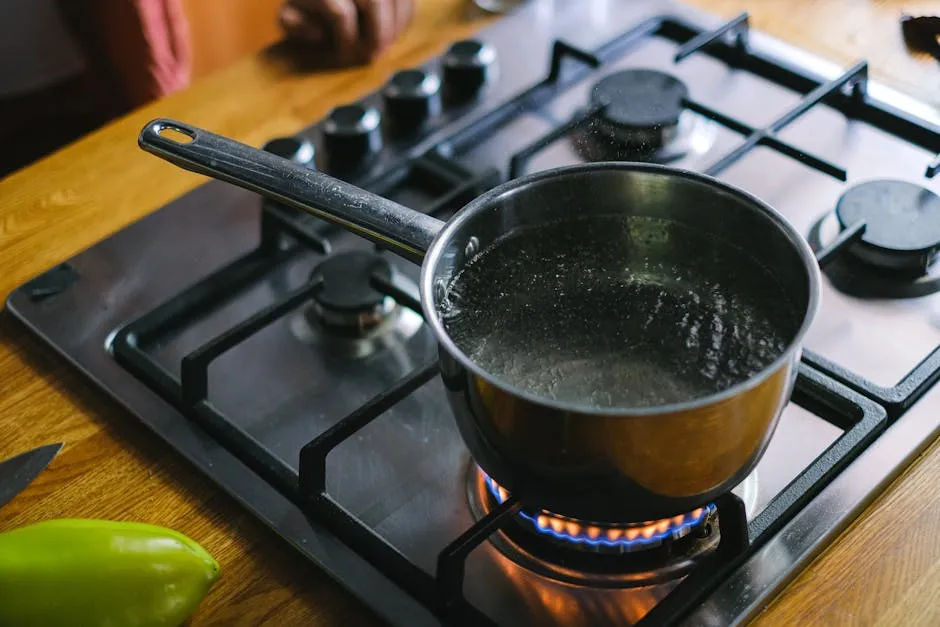
Common Mistakes to Avoid During Calibration
Calibration is crucial, but common mistakes can lead to inaccurate readings. One frequent error is not fully immersing the thermometer probe during calibration. This can result in incorrect temperature readings.
Another mistake is neglecting to allow the thermometer to stabilize after immersion. Be patient; wait for the reading to settle before making any adjustments.
Improper cleaning can also affect accuracy. Make sure to sanitize the thermometer after each use to avoid cross-contamination. Additionally, always calibrate thermometers before first use and after any major impact, like being dropped. Regular checks will help ensure your thermometer remains reliable for food safety.

And while you’re at it, why not make food prep even easier with a Kitchen Scale for Accurate Measurements? It’s perfect for those precise recipes that require just the right amount of everything!

Conclusion
Regularly calibrating your thermometer is vital for food safety. Accurate temperature measurements prevent foodborne illnesses and ensure safe cooking. By adopting these best practices, you protect yourself and your customers. Remember, a well-calibrated thermometer is your best ally in the kitchen. Make calibration a regular part of your cooking routine for long-lasting benefits.
Speaking of allies in the kitchen, don’t forget to check out a set of Food Storage Containers to keep your leftovers fresh and organized. Your fridge will thank you!
Please let us know what you think about our content by leaving a comment down below!
Thank you for reading till here 🙂
All images from Pexels




